Chia is a very small seed, but it contains several properties such as omega-3, fiber, amino acids, vitamins, and minerals, among others, which help make its consumption beneficial to regulate blood glucose, prevent cardiovascular diseases, and give satiety, which is why it is used to lose weight.
It is an annual summer plant called Salvia hispánica L., but it is also known as “chía.” It is a Spanish adaptation of the Nahuatl term chían or chien (plural), which in Nahuatl means “seed from which oil is obtained.” It measures approximately 1.2 mm and belongs to the Labiatae Lamiaceae family, like mint, thyme, rosemary, and oregano, says, Catherine Carrillo, Mirza Gutiérrez, Mariel Muro, Rebeca Martínez, and Olivia Torres, from the School of Nutrition and the Genotoxic Research Laboratory at the Autonomous University of Guadalajara, Mexico, in the text Chia as a superfood and its benefits for skin health.
For the Mayans, chia was one of the four basic foods of their diet, along with corn, beans, and amaranth. Both the Mayans and the Aztecs highlighted chia for its nutritional and medicinal contributions. They made cosmetic ointments with it because it is a source of energy, they used it to feed their warriors and they prepared “fresh chia”, a refreshing drink that, with some variations in the recipe, is still prepared today.
Chia is mostly produced in Mexico and Guatemala. It is found in oak or pine-oak forest areas. During the time of the conquest, the seed almost disappeared due to new crops. However, at the end of the century, new studies were carried out on chia, and its properties and benefits were determined, so its benefits have been expanded.
Properties of chia
This seed has become popular for the benefits it provides to human health, as it is rich in fatty acids, fiber, amino acids, and antioxidants. In addition, it provides vitamins A, C, and E, phosphorus, potassium, calcium, magnesium, iron, and zinc, says nutritionist Marcela López.
Because it provides antioxidants such as caffeic acid, chlorogenic acid, and cinnamic acid. It helps reduce oxidative stress and inflammation of metabolic syndrome. It is also beneficial in processes during cancer, atherosclerosis, and ischemic heart disease.
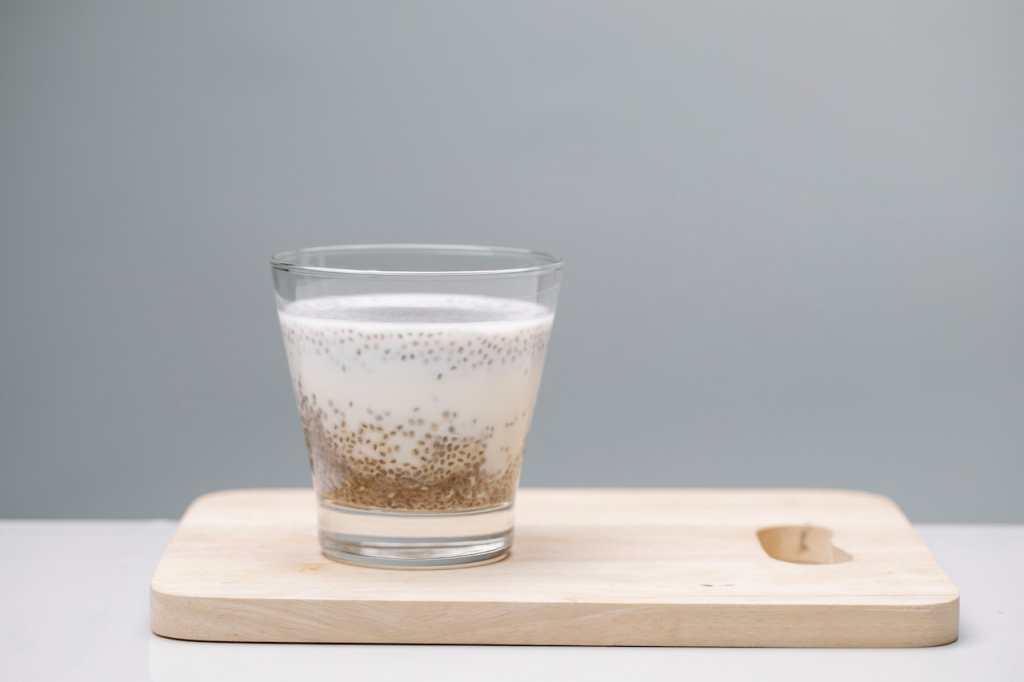
Every 100 grams of chia seeds contains approximately 20.7 g of protein, 41.8 g of carbohydrates, and 32.8 g of fat.
8 benefits of chia in the body
In recent years, its production has increased due to the benefits of its consumption, including the reduction of oxidative stress and inflammation, blood glucose control, and improved digestion. The most common ones are listed below.
- Aids digestion: the consumption of chia helps intestinal transit, especially by keeping the intestinal microbiota healthy because the fiber in this seed is not digested by the small intestine and reaches the colon.
- It balances blood glucose: it is used to control diabetes, since the mucilage of chia (when the seed is mixed with water and generates an aqueous substance) absorbs the sugars from foods, so the body will absorb them in a lesser proportion.
- Prevents cardiovascular diseases: Omega-3, fiber, and anti-inflammatory properties make the consumption of chia cause the decrease of cholesterol, free fatty acids, and systolic pressure, which would help to have good cardiovascular health.
- Controls hunger: the percentage of fiber that chia contains is useful in giving the feeling of satiety for longer, which helps to reduce the amount of food or to eat without being hungry.
- It is an antioxidant: thanks to vitamin E and omega-3, chia has antioxidant properties, which help prevent diseases such as Alzheimer’s, Parkinson’s, and different types of cancer. It also improves the immune system.
- It is anti-inflammatory: because chia is a source of omega-3, it has anti-inflammatory properties that are beneficial for preventing and controlling cardiovascular and neurodegenerative diseases such as rheumatoid arthritis, diabetes, depression, and different types of cancer.
- Helps bone health: due to its percentages of boron, calcium, potassium, and iron, it stimulates the absorption of calcium in the bones.
- Maintains cholesterol levels: due to its high percentage of omega-3, it benefits the circulatory system and keeps cholesterol levels stable.
How to consume chia
Chia is a very versatile seed that can be consumed in different ways: in smoothies, and sweet or savory meals. They can also be soaked in water, as they absorb the liquid and form a kind of gel, which can be refrigerated and last for several days; or without soaking.
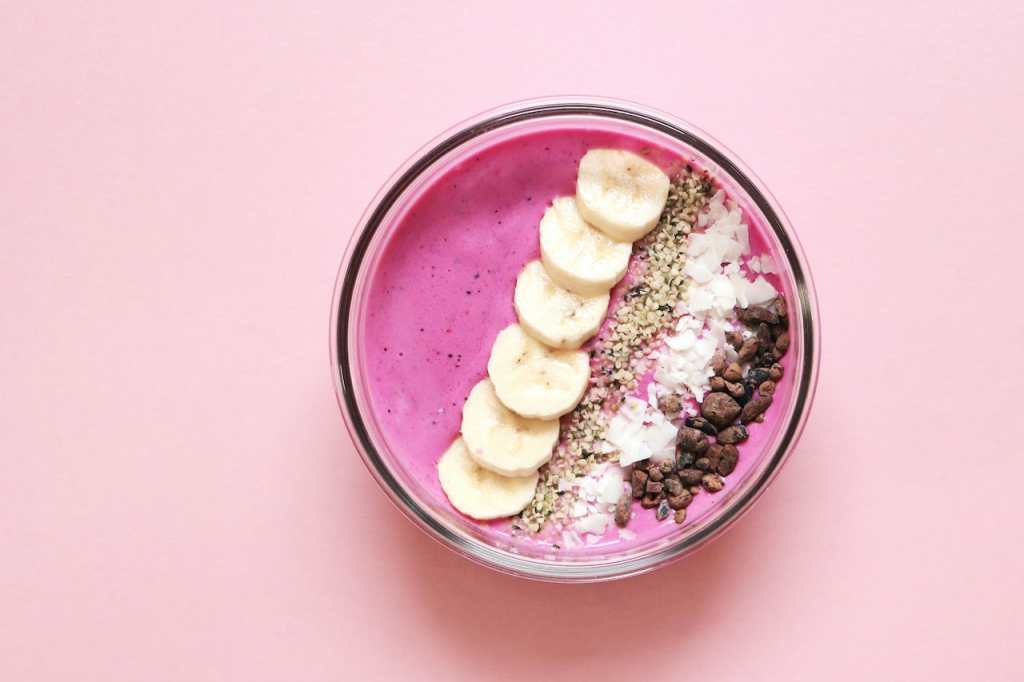
One of the easiest ways to consume chia is by adding a spoonful to any liquid: a glass of water, a smoothie, or your lunchtime drink. Let it sit for a few minutes. You can also add it to fruit, yogurt, oatmeal, or salads.
Another way is to soak chia mucilage since the properties of the seed are enhanced. To do this, place a spoonful of seeds in a glass of water (or any other liquid), let it sit for 24 hours, and a kind of gel forms. You can use this to make chia pudding, mixing it with milk and the ingredients you want (preferably fruit).
There is also ground chia on the market, which can be added to smoothies or any other beverage you consume.








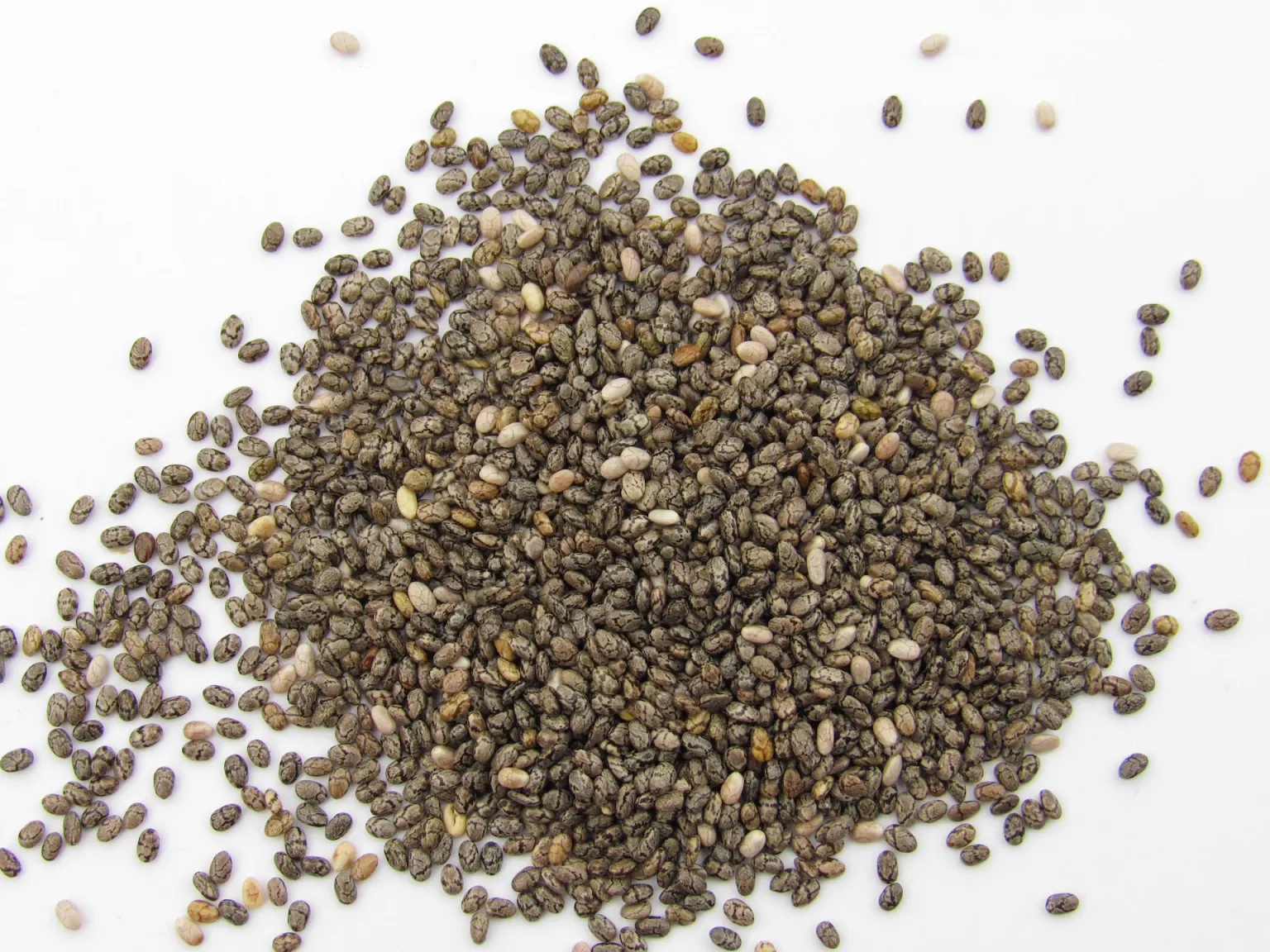









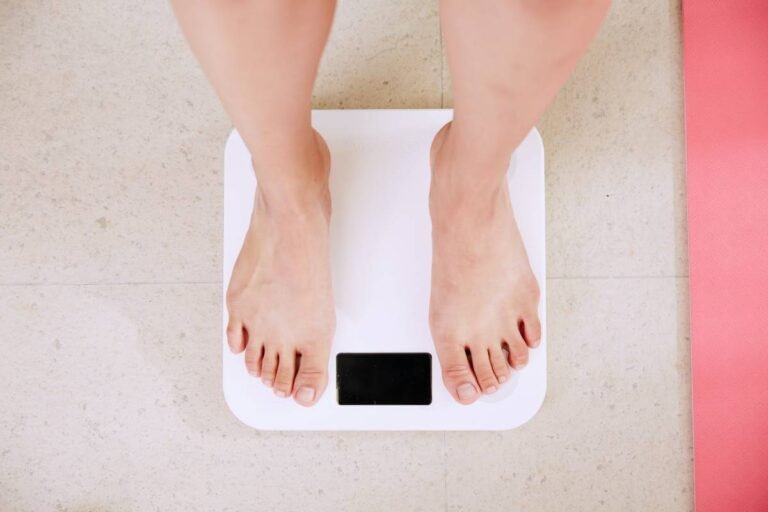

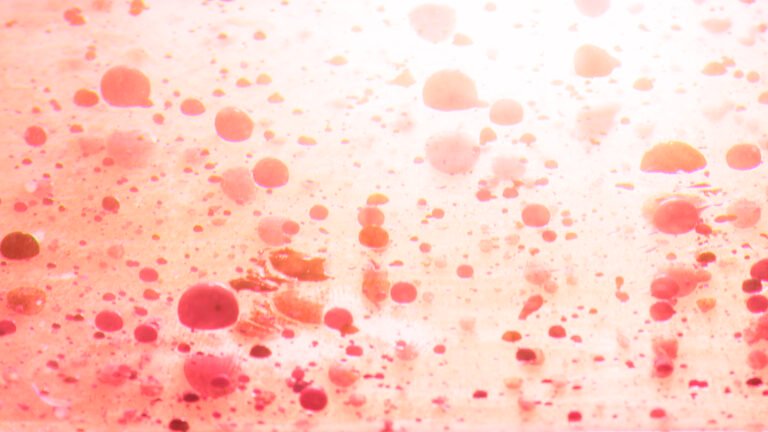
+ There are no comments
Add yours